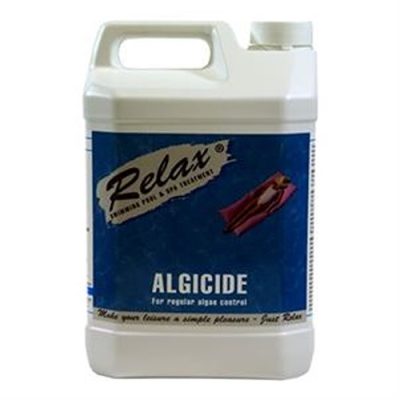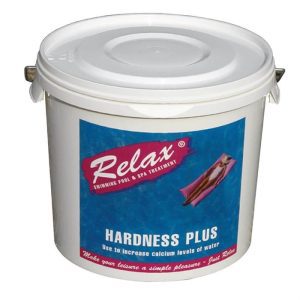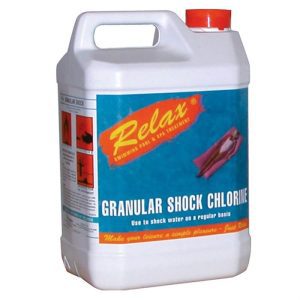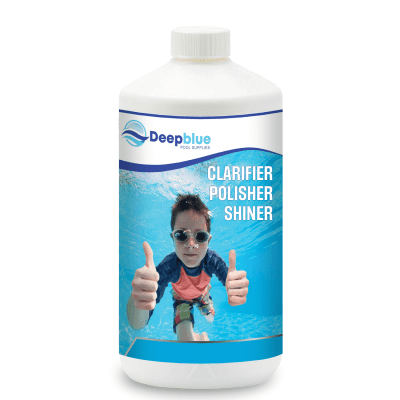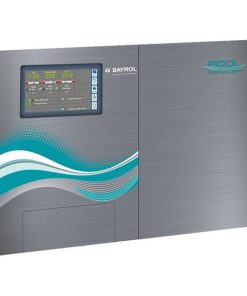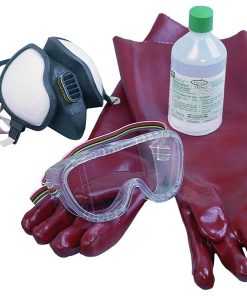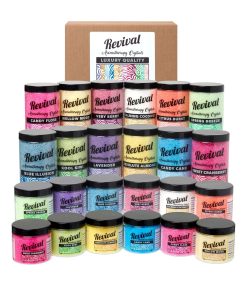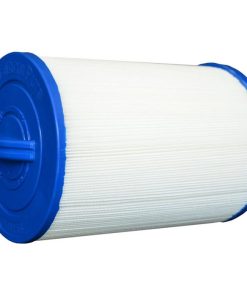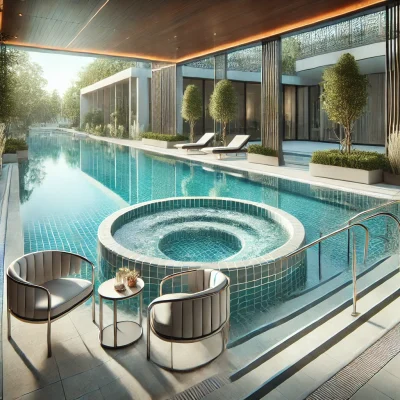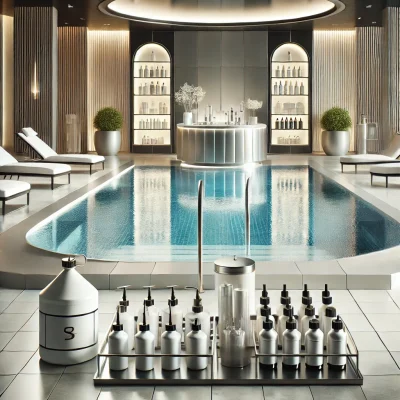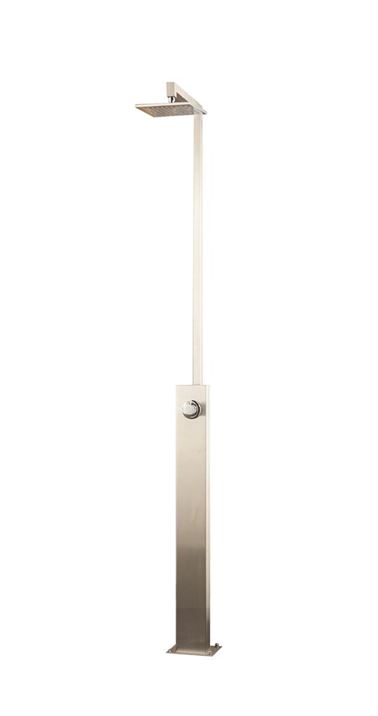Blogpool, Buying Guide, Chemicals, Hottub, Maintenance, Water Testing
Hosting the Perfect Hot Tub Party: Key terms and questions answered
Questions:
What is the safest way of taking children to hot tubs?
Why is it important to shower before entering a hot tub?
How should one handle hot tub toys when the tub is not in use?
What is the maximum allowed water temperature for a hot tub?
Which type of drinks is perfect for hot tub party?
Some ideas to create themed hot tub party include:
Some of the precautions to be taken when using a hot tub at night include:
Why it is important to provide robes and sliders for your guests during a hot tub party.
Hot tubs can be used at different times of the year. What are the advantages of using hot tubs in summer and in winter?
How to drain a hot tub after use?
Quiz Answer Key
Children under four years of age should not use a hot tub. Children should be watched by an adult at all times. It is also important to give rules and to discourage children from getting in and out of the tub.
Taking a shower before entering a hot tub is important as it removes products such as lotions, makeup, and deodorants that may contaminate the water. These contaminants can affect the quality of the water and the efficiency of the sanitizer.
The hot tub toys should be taken out of the water and the hot tub should be covered and locked when it is not in use. This will prevent young children from being attracted to the water and the associated risks of drowning.
The recommended maximum temperature is 40°C. However, many people like the temperature to be the same as the body temperature for adults and 36°C for children below 12 years.
To keep hydrated during a hot tub party, non-alcoholic drinks are the best. Also, it is wise to serve drinks in non-glass containers to avoid breakage of glasses.
Themed parties can be based on special events, times of the year or simply ideas that are fun. For example, one can have an anniversary party with a BBQ and fairy lights, or a tropical party with a tiki bar and inflatable props.
When using a hot tub at night, you should ensure that the underwater lights are on for safe entry and exit. Also, properly light up the pathways from the house to the hot tub. Be sensitive to the level of noise and possible disturbance to the neighbors.
The robes and sliders are a benefit to the guests as they are comfortable and easy to use. This helps in not having to hurry and change as well as in preventing slipping and bringing dirt into the hot tub.
Hot tubs can be used at any time of the year. In summer, the temperature should be reduced so that it can be used for swimming. In winter, you can enjoy the hot bubbles and watch the stars or snow fall.
Bromine is generally less toxic to plants than chlorine. Let the water cool overnight to reduce chlorine residuals before draining. Empty in one concentration to one area to avoid puddles.
Glossary of Key Terms
BISHTA: The British and Irish Spa and Hot Tub Association, an industry association that gives direction and specifications to the hot tub industry.
Sanitiser: A chemical agent used to kill or deactive microbes in the hot tub water, thus promoting hygiene and preventing the transmission of diseases.
pH: The pH value of the hot tub water, that is, how acidic or alkaline the water is. It is important to keep the pH at an acceptable range for the comfort of bathers and the efficacy of sanitizers.
Suction fittings: Those parts of the hot tub that pull the water in for filtration. Blockages may cause the system to malfunction and also safety issues.
Skimmers: Tools that remove debris from the surface of the hot tub water so as to prevent clogging and ensure that the water is clean.
Dissipated: The process of a substance gradually vanishing or becoming less concentrated, often through evaporation or decomposition.
Residual: The amount of a substance that remains after a process, such as the chlorine concentration in hot tub water after cooling.
The water gathers in small spaces which creates puddles that can damage plants while causing waterlogging and creating areas where mosquitoes can reproduce.
Some products you might be interested in:


